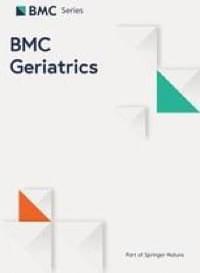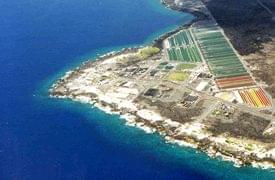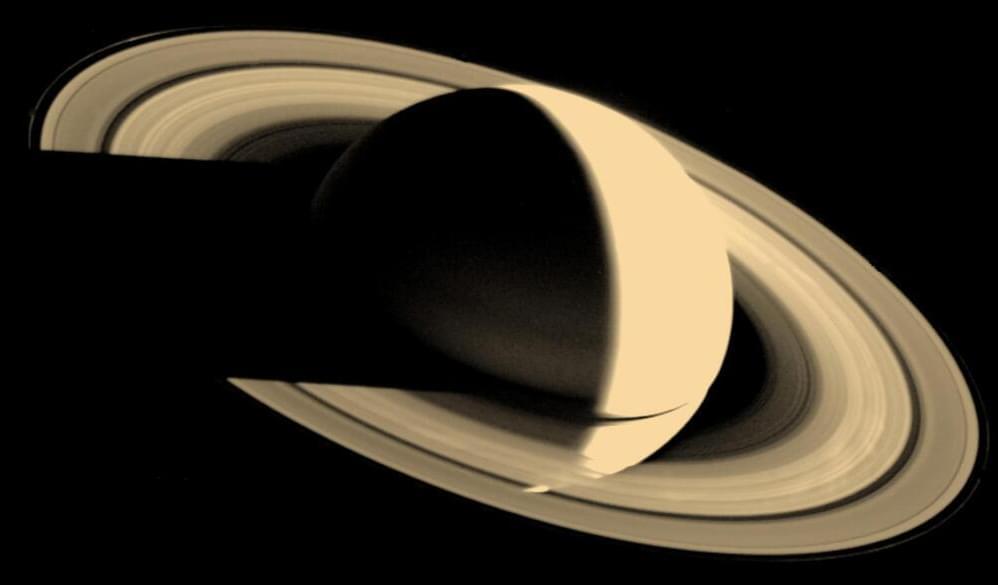Jul 25, 2022
‘Watershed moment’: Doctors finding new hope in treatments for deadly pancreatic cancer
Posted by Paul Battista in category: biotech/medical
Correction & clarification: A prior version of this story contained inaccurate information. Pancreatic cancer is poised to pass colon cancer as the second deadliest tumor type.
Barbara Brigham was having a very bad 2020.
Her 97-year-old mother, whom she’d cared for years, died in January. Her husband, who’d suffered the ill effects of Agent Orange since his tours of duty in Vietnam, died of cancer in June. In September, she was diagnosed with pancreatic cancer, which has a five-year survival rate of only around 10%.


















